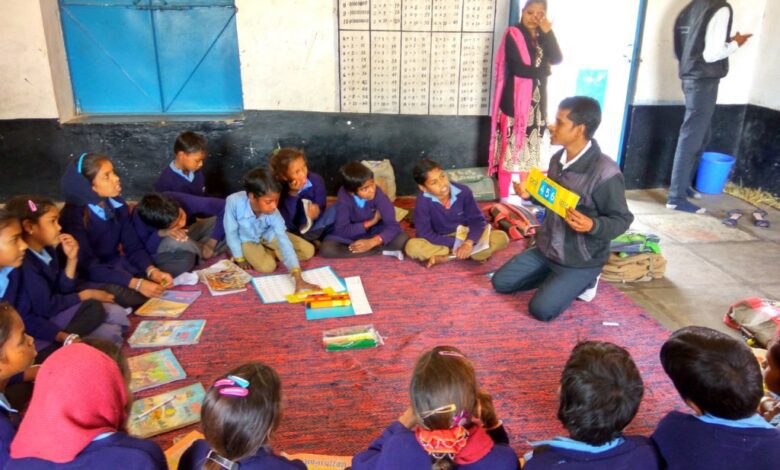42% of rural children in the 14–18 age group unable to read simple English phrases: ASER 2023
The Annual Status of Education Report (ASER) 2023 'Beyond Basics' survey was conducted in 28 districts across 26 states, reaching 34,745 youths aged 14 to 18

Since 2005, the Pratham Education Foundation has facilitated the Annual Status of Education Report (ASER), a large-scale citizen-led household survey aimed at determining whether children in rural India are enrolled in school and learning. Earlier on Wednesday, the Annual Status of Education Report (ASER) 2023 was issued.
According to the ASER Report, 42 percent of children aged 14 to 18 in rural India are unable to read simple English phrases, and more than half struggle with simple division tasks. The Annual Status of Education Report (ASER) 2023 ‘Beyond Basics’ survey was conducted in 28 districts across 26 states, reaching 34,745 youths aged 14 to 18. Each major state surveyed one rural district, with the exception of Uttar Pradesh and Madhya Pradesh, which surveyed two.
What does ASER 2023’s ‘Beyond Basics’ programme cover?
Given this background, ASER 2023 ‘Beyond Basics’ examines four critical domains:
- What activities do India’s young currently participate in? Are they at school, college, pursuing vocational training, studying for a test, or working?
- Can they read simple sentences and perform basic arithmetic? Can they do simple computations that are required in everyday life (such as calculating interest for repayment and discounts)? Can they read and comprehend basic instructions (like those on a medication packet)?
- Awareness and digital aptitude: Do they have smartphones? Are they financially aware? Are they familiar with digital technologies and platforms? What do they use their smartphones for? Are they able to complete simple digital chores on their smartphone?
- Aspirations: What do they want to become? How far do they want to go with their studies? Who are their role models?
“About 25% of this age group still cannot read a Std II level text fluently in their regional language. More than half struggle with division (3-digit by 1-digit) problems. Only 43.3% of 14-18-year-olds are able to do such problems correctly. This skill is usually expected in Std III/IV,” according to the ASER assessment.
“A little over half can read sentences in English (57.3%). Of those who can read sentences in English, almost three quarters can tell their meanings (73.5%). Across enrollment categories, females (76%) do better than males (70.9%) in reading a Std II level text in their regional language. In contrast, males do better than their female counterparts in arithmetic and English reading,” the survey concludes.
You might also be interested in Infosys Founder NR Narayana Murthy praises Modi govt’s National Education Policy



